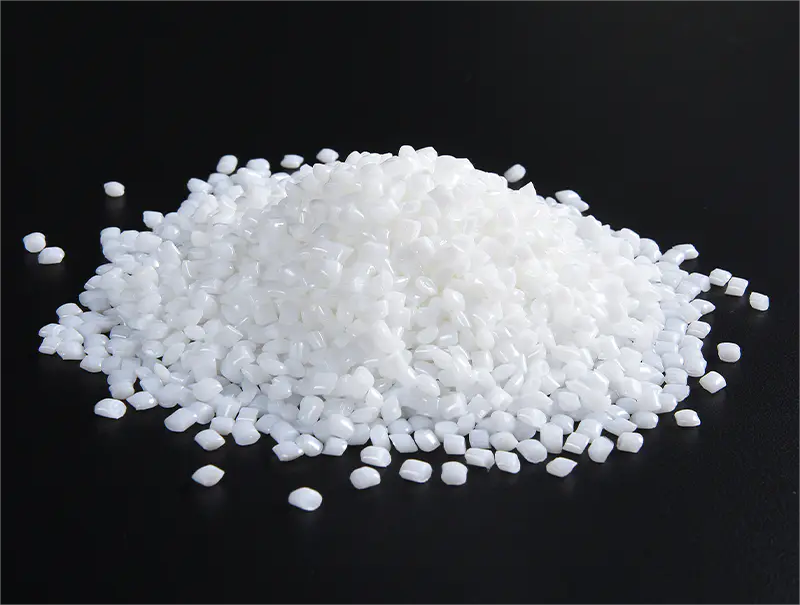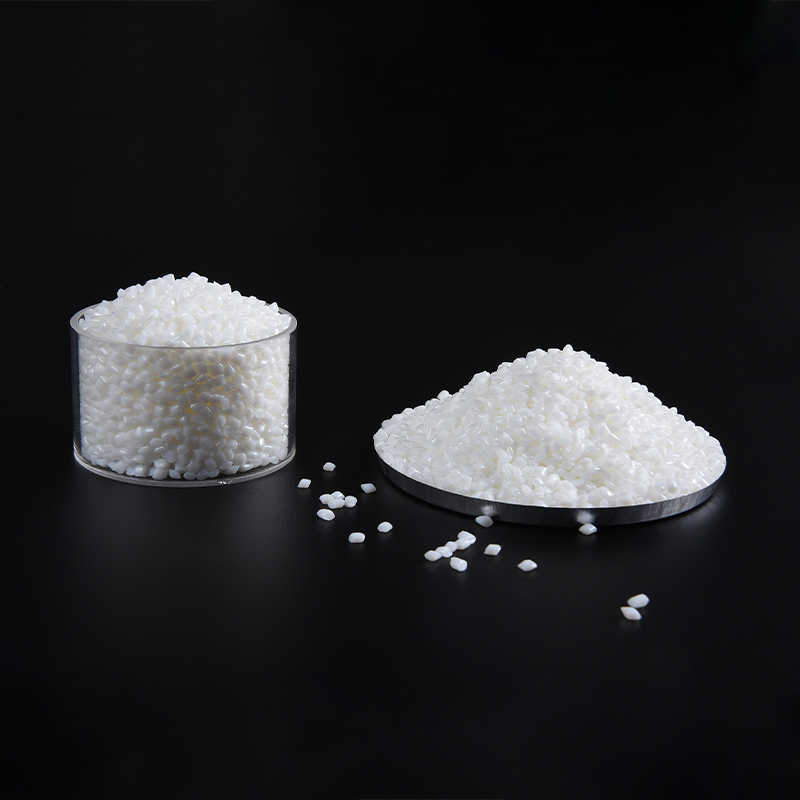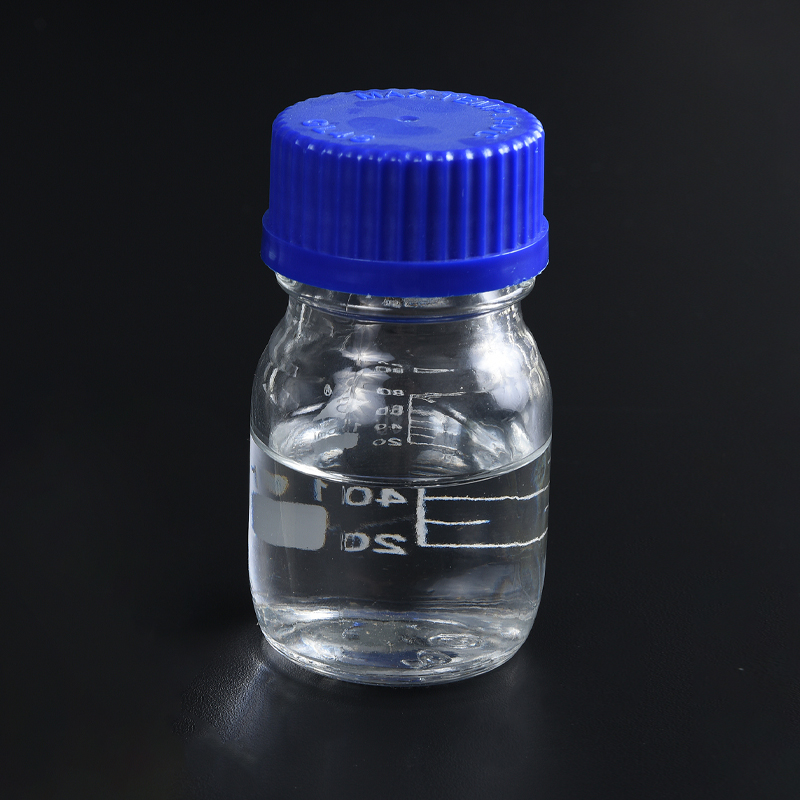Produktkonsultation
Din e-mailadresse vil ikke blive offentliggjort. Påkrævede felter er markeret *

In the automotive industry, polybutylene terephthalate (PBT) has become an ideal choice for manufacturing body structures and interior parts due to its excellent rigidity. Cars are affected by a variety of external forces during driving, including wind resistance, uneven road surfaces, collisions, etc. These external forces place strict requirements on the stability of the body and internal structure. The high rigidity of PBT ensures that automotive parts can effectively maintain their shape and performance under these external forces, significantly reducing the risk of deformation and damage. Specifically, PBT is widely used in key components such as headlight housings and instrument panels, which must not only be aesthetically pleasing, but also maintain structural integrity in high temperature and humid environments. The rigidity of PBT enables these components to maintain good appearance and function after long-term use, thereby improving the overall quality and safety of the car.
In the field of electronics and electrical, PBT also demonstrates the importance of its rigidity. Modern electronic products usually require materials to maintain excellent mechanical properties under the conditions of miniaturization and high-density integration. The high rigidity of PBT effectively prevents deformation and damage when manufacturing the housing and support structure of electronic components, ensuring the reliability and durability of the product. For example, PBT is widely used in the production of electrical components such as wire insulation, connectors and switches. Its rigidity ensures that the performance of electrical components will not be affected in high temperature and high humidity environments, thereby significantly improving the safety and service life of the product.
In the home appliance industry, the rigidity advantage of PBT cannot be ignored. Home appliances are often affected by external forces during use, such as frequent operation of switches and vibration of internal components. The high rigidity of PBT effectively resists these external forces and ensures the structural stability of home appliances. Many home appliances use PBT materials for their outer shells and internal structural parts to improve the durability and aesthetics of the products. The rigidity characteristics of PBT make these home appliances less likely to deform during use, extending the service life of the products and thus improving consumer satisfaction.
With the global emphasis on energy conservation and emission reduction, lightweight design has become an important trend in the development of various industries. The high rigidity of PBT allows thinner materials to be used in the design process without sacrificing strength, which not only reduces the weight of the product, but also reduces the amount of material used, thereby reducing production costs. Lightweight products can effectively reduce energy consumption during transportation and use, which is in line with the concept of sustainable development.
In addition, PBT's rigidity advantage is also reflected in its excellent impact resistance. Although rigid materials are usually fragile, PBT has a certain toughness while maintaining high rigidity. This feature enables PBT to effectively disperse and absorb external energy when subjected to impact or vibration, reducing the possibility of breakage. This impact resistance is particularly important in automobiles and electronic products, because these products often encounter unexpected impacts and vibrations during use.
Hvorfor har My10 -serien PBT for filamentspinding brug for afkøling under produktionen
What are the processing advantages of PBT platic
Din e-mailadresse vil ikke blive offentliggjort. Påkrævede felter er markeret *

Karakter: MY08-serien Anvendelse: Elektronik og elektriske apparater Ydeevne: Varmeældningsbestandighed, god steriliseringsevne, god opløsningsmiddelresistens RARU Bemærk: Tilpasning af di...
Se detaljer
Karakter: MY10-serien Anvendelse: Autodele (nye energi- og hybridbiler) Ydeevne: Varmeældningsbestandighed, træthedsbestandighed. lav vandabsorption. Bemærk: Tilpasning af differentierede ...
Se detaljer
Karakter: MY10-serien Anvendelse: Filament spinding, kemisk fiber Ydeevne: Elasticitet, høj farveægthed, modstandsdygtighed over for let ældning og god klorbestandighed.stærk væveevne. Bem...
Se detaljer
Karakter: MY12-serien Anvendelse: Optik, specialfibre kemisk fiber. Ydeevne: Hydrolysebestandighed, god overfladekvalitet, høj rundhed, højtryksbestandighed, høj brudforlængelse. Bemærk: T...
Se detaljer
THF Molekylformel: C4H8O Farveløs gennemsigtig væske Er meget udbredt i organisk syntese, polymerindustri og som organiske opløsningsmidler.
Se detaljer